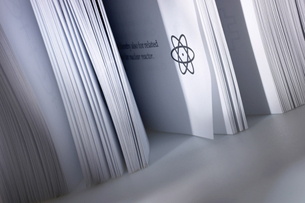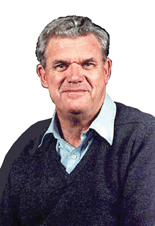Module 1 Intro
1. Module 1 Intro
1.10. Page 4
Module 1—Chemical Foundations
 Reflect on the Big Picture
Reflect on the Big Picture

© 2007 Jupiterimages Corporation
The application of nuclear technology requires detailed knowledge about atoms and their structure. Research how uranium is naturally found and must be processed to create a “nuclear fuel” for the CANDU process.
 Module 1: Lesson 2 Assignments
Module 1: Lesson 2 Assignments
Retrieve the Lesson 2 Assignment you saved to your computer earlier in this lesson. Complete the questions in the assignment. When you have completed the assignment, save a copy to your course folder and submit a copy to your teacher.
Complete the following questions, which form the second part of your module project. Save a copy of your answers to your course folder. For more information about the module assessment, refer to the Module Summary and Assessment section for this module.
-
What isotopes of uranium exist?
-
What isotope of uranium is used in the CANDU process?
-
What is a half-life?
-
What is the half-life of the isotope of uranium used in a CANDU reactor?
-
What isotopes are produced as waste from a CANDU nuclear reactor?
-
How is waste material from a CANDU reactor stored and disposed?
While researching on the Internet, keep the following in mind:
-
Ensure that you research multiple websites to obtain a wide variety of information and viewpoints.
-
Evaluate the sites you visit, and ensure they are from a reliable source.
-
Select appropriate resources, such as online encyclopedias, government websites, and post-secondary school sites.
-
Document your sources in a bibliography.
-
Respect the ownership and integrity of the information. Ensure that your final project submission is in your own words.
 Going Beyond
Going Beyond
Canadian Contribution

Courtesy of Stanford University
Richard Taylor was born in Medicine Hat, Alberta, in 1929. He attended the University of Alberta. Taylor was involved in the production of the Stanford Linear Accelerator Center in California. While working with two other scientists from the Massachusetts Institute of Technology (MIT), Taylor used the accelerator to dispel the belief that protons and neutrons were indivisible. His experiments in the late 1960s and early 1970s showed extremely small particles moving within protons and neutrons. These new particles were called quarks. In 1990, Richard Taylor was jointly awarded the Nobel Prize in Physics for his findings.
More information about Dr. Taylor’s work is located in “Did You Know?” on page 23 of the textbook and in the “Weblinks” for Section 1.4 on the textbook website.